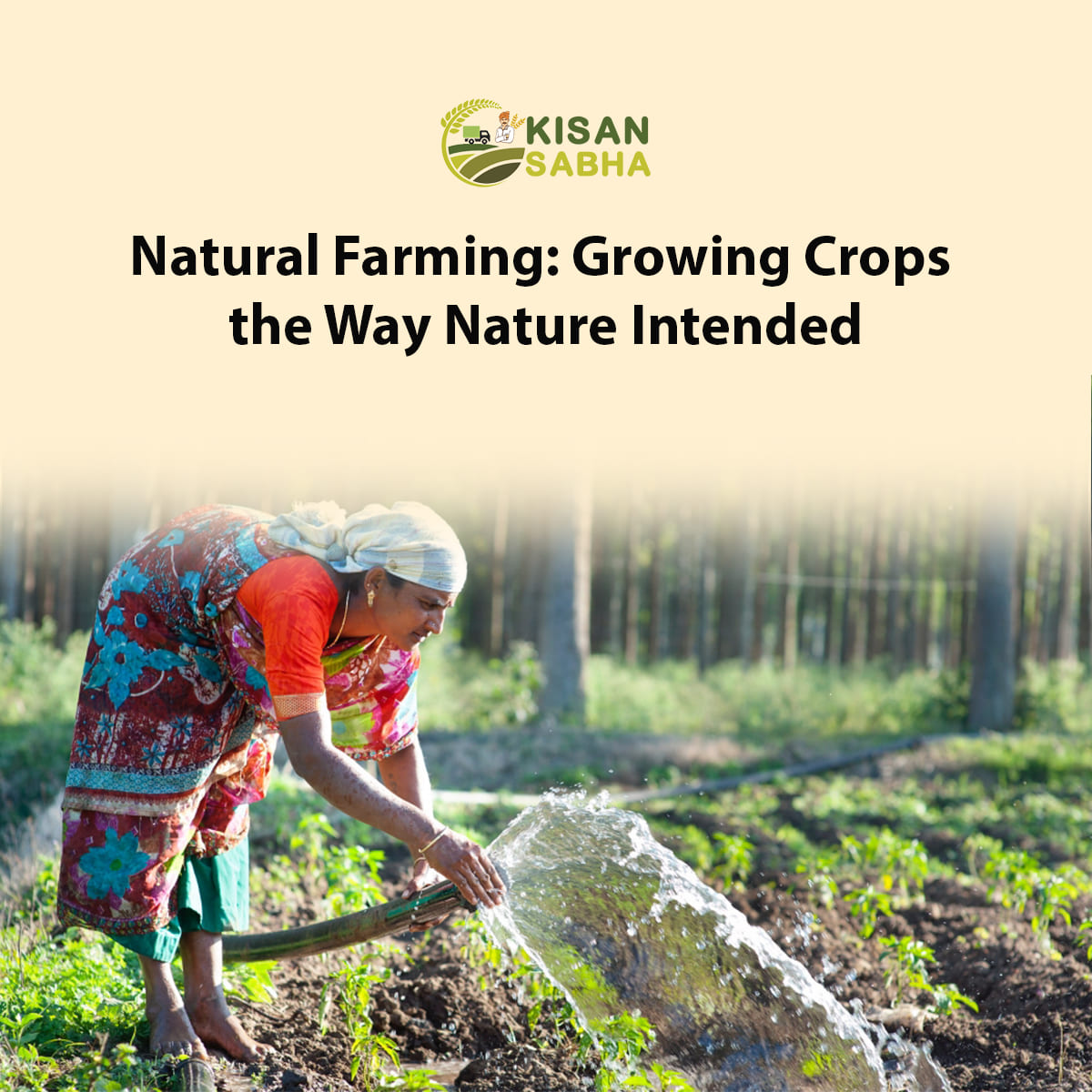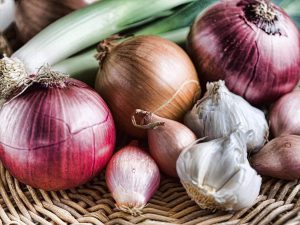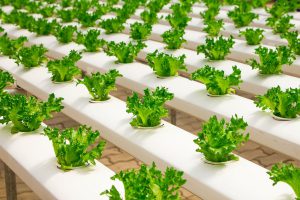Conventional agriculture has dramatically increased food production using synthetic fertilizers, pesticides, monocropping, and heavy machinery. However, these practices have also caused environmental damage through pollution, biodiversity loss, and soil degradation. Natural farming offers a different model that eschews chemicals and works cooperatively with nature to grow abundant, nutritious food while regenerating ecosystems. By mimicking natural processes, natural farming can reinvent agriculture more sustainably.
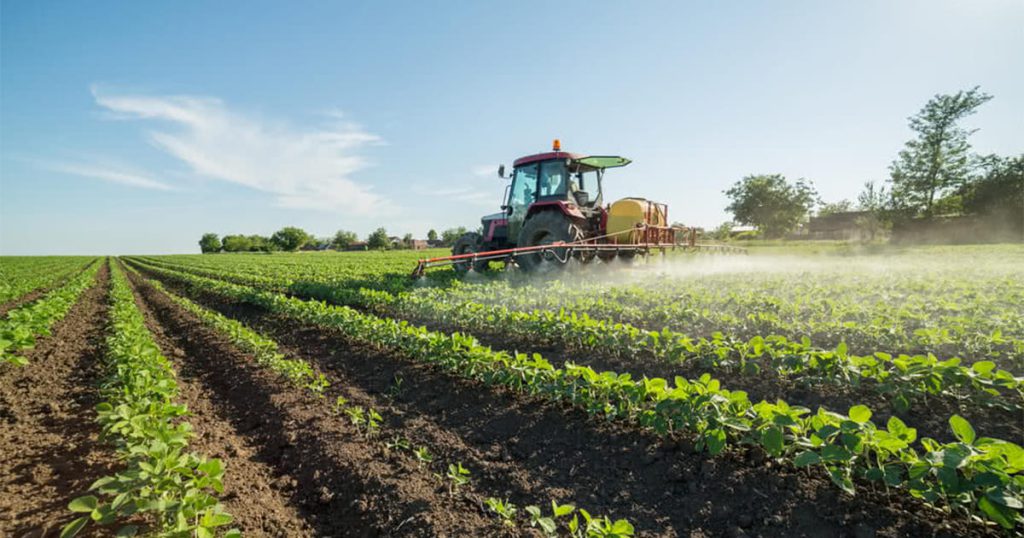
Principles of Natural Farming
Natural farming adheres to the wisdom of nature as the best farmer. It respects the innate balance and intelligence of ecological systems. It works with rather than against nature by understanding natural patterns and cycles. Key principles include:
- Building highly fertile living soils teeming with beneficial microorganisms through composting, cover cropping, and minimal tillage. Healthy soils feed healthy plants and retain moisture.
- Avoiding all synthetic chemicals. Natural farming relies on natural inputs and fosters biodiversity to manage pests and diseases.
- Working with local native seeds and breeds adapted to regional conditions. This maintains genetic integrity and resilience.
- Integrating animals to mimic natural grazing patterns and fertilize soils.
- Conserving resources by recycling nutrients, capturing rainfall, and minimizing waste.
By aligning farming with ecological principles, natural systems are strengthened rather than disrupted.
Also Read:- Big Data in Agriculture: Transforming Farming Techniques
Improving Soil Health
Central to natural farming is nurturing fertile, living soils. Conventional farming has degraded soils through heavy use of chemical fertilizers, herbicides, pesticides, and intensive mechanical tillage. Natural farming regenerates soils by:
- Building organic matter through composting, cover crops, and minimal plowing. This increases nutrient retention and water-holding capacity.
- Facilitating soil microbial activity and diversity through organic inputs and reduced chemical usage. Vibrant microbial life is essential for nutrient cycling, disease suppression, and soil structure.
- Reducing erosion and runoff through reduced tillage and permanent cover crops. This retains topsoil and prevents water pollution.
- Promoting soil aeration through natural aeration practices like radishes’ bio-drilling. Proper aeration enhances root growth.
By restoring soil quality, natural farming allows plants to thrive with fewer external inputs.
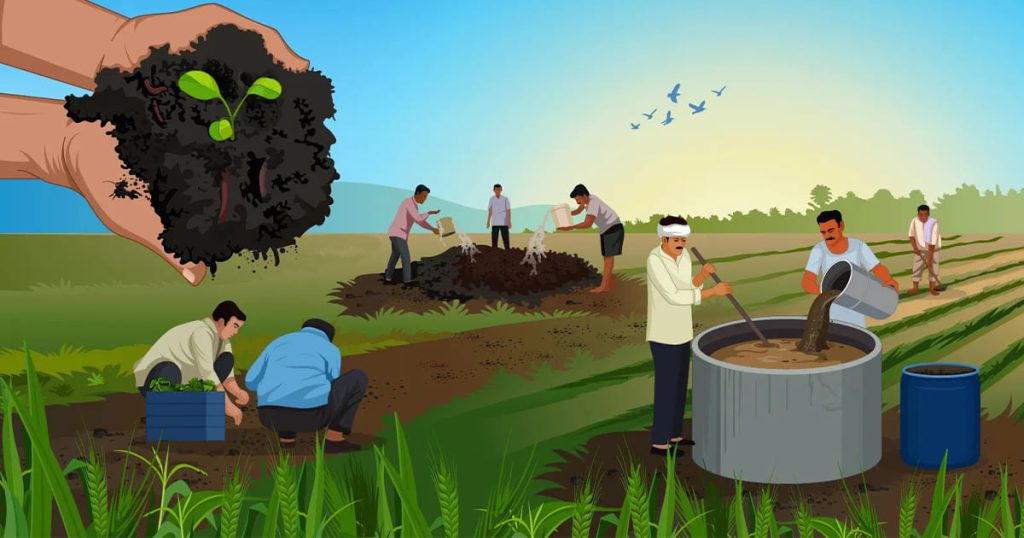
Harnessing Ecological Relationships
Where conventional farming battles nature through synthetic inputs, natural farming proactively harnesses ecological relationships:
- Growing cover crops fix nitrogen and suppress weeds naturally. Diverse cover crop rotations prevent pest buildup.
- Intercropping combines mutually beneficial plants like corn and beans. This maximizes space efficiency and reduces pests.
- Beneficial insects control pests. Flowering plants provide an insectary habitat. Bat boxes, birds of prey, and beetle banks encourage natural pest predators.
- Grazing animals like chickens or sheep provide manure fertilization, weed control, and pasture rejuvenation.
- Fruit and nut trees sequester carbon, provide shade and windbreaks, and diversify farm income.
By working with rather than against nature, natural farms become regenerative ecosystems.
Minimizing External Inputs
Natural farming markedly reduces the external inputs needed. This cuts costs, pollution, and dependence on external suppliers. Strategies include:
- Eliminating synthetic fertilizers and pesticides. Fertile living soils, cover crops, and integrated livestock provide natural fertility and pest management.
- Growing regionally adapted heirloom seeds suited to local conditions. This reduces reliance on hybrid-purchased seeds.
- Generating on-farm inputs like bio-fertilizers and compost. Recycling plant residues and animal manure cuts input costs.
- Low-cost, passive irrigation like clay pot irrigation, contour trenches, and irrigation tunnels are used. Efficient water use is enabled by healthy soils and wise scheduling.
- Harnessing free ecological services like sunlight, rainfall, wind, heat, and biological pest control. Working with natural systems reduces artificial inputs.
By minimizing external inputs, farms become more self-reliant and ecologically harmonious.
Resilient Diverse Production
Monocropping degrades soils and is vulnerable to weather extremes, pests, and diseases. Natural farming practices agroecological diversity:
- Growing a wide variety of complementary crops and livestock provides balanced nutrition, income resilience, and reduced pest pressure.
- Practicing multi-cropping, intercropping, and crop rotations avoids monoculture drawbacks.
- Integrating polycultures with trees, shrubs, vines, livestock, and aquatic plants creates symbiotic ecosystems resilient to environmental fluctuations.
- Cultivating heirloom seeds suited to local conditions provides genetic and crop diversity. This builds adaptability.
- Diversifying farm products like fruits, nuts, fibers, timber, honey, dairy, eggs, meat, mushrooms, etc. spreads income risk.
By promoting biodiversity, natural farms gain ecological, nutritional, and economic stability.
Regenerative Practices
Industrial farming is extractive, depleting resources faster than they regenerate. Natural farming replenishes landscapes and communities. Practices include:
- Building soils, sequestering carbon, enhancing biodiversity, and purifying air and water. Natural farms restore rather than degrade.
- Producing nutritious chemical-free food. Natural farming means healthier food and people.
- Providing meaningful work and connection to the land. Natural farming can be deeply satisfying.
- Strengthening communities through local food systems, knowledge sharing, and cooperation.
- Aligning with nature’s wisdom for guidance. Natural farming reconnects people with nature.
Natural farming offers an antidote to destructive industrial practices. It allows farmers to heal and enrich the planet through regenerative agriculture.
Conclusion
Modern agriculture has increased yields at great ecological cost. Natural farming offers a nature-aligned model to reinvent agriculture in a truly sustainable way. By restoring soil fertility, harnessing ecological synergies, minimizing external inputs, and promoting biodiversity, they can produce plentiful, nutritious food while regenerating natural resources and communities. Working with nature’s wisdom rather than opposing it offers a profoundly promising path forward for the future of farming.


